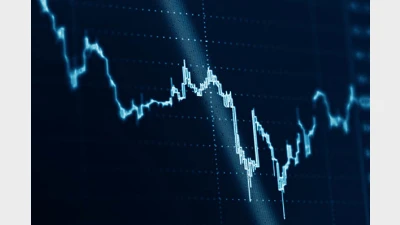Sydney Airport grants IFM due diligence for acquisition


Sydney Airport intends to grant the IFM-led Sydney Aviation Alliance consortium due diligence to pave way for its acquisition, after receiving a third non-binding proposal.
The consortium included IFM Australian Infrastructure Fund, the IFM Global Infrastructure Fund and Global Infrastructure Partners, AustralianSuper, and QSuper, which had previously been rejected twice by the airport with non-binding proposals aimed at acquiring all of its stapled securities.
In an announcement to the Australian Securities Exchange (ASX), Sydney Airport said the latest non-binding proposal provided for an acquisition by way of scheme of arrangement and trust scheme of 100% of the stapled securities at an indicative price of $8.75 cash per stapled security.
The price per stapled securities had risen from the second proposal of $8.45 and the first proposal of $8.25.
“Having taken advice, and considering all the relevant factors, Sydney Airport intends to grant the consortium the opportunity to conduct due diligence on a non-exclusive basis to enable it to put forward a binding proposal, subject to entry into a non-disclosure agreement on acceptable terms. The due diligence is expected to take four weeks from entry into a non-disclosure agreement,” the announcement said.
It noted that should the consortium make a binding offer at $8.75 cash per stapled securities, and the parties entered into a binding scheme implementation agreement on terms acceptable to Sydney Airport, and it completed an assessment that it was to its satisfaction, then the board would intend to unanimously recommend that security holders vote in favour of the proposal in the absence of a superior proposal.
This would also be subject to an independent expert concluding that the proposal transaction was in the best interests of Sydney Airport security holders.
Recommended for you
As market volatility persists, some super funds are pivoting defensively, while others are strategically positioning to capitalise on emerging opportunities.
New data has shown a progressive deterioration in risk appetite among instos even prior to Donald Trump’s latest round of tariffs.
UniSuper has reached “peak investment” in US assets and is now preparing to reassess its exposures amid ongoing sharemarket volatility.
Investors have slashed their US equity allocations to the lowest level on record, according to new data from Bank of America.












